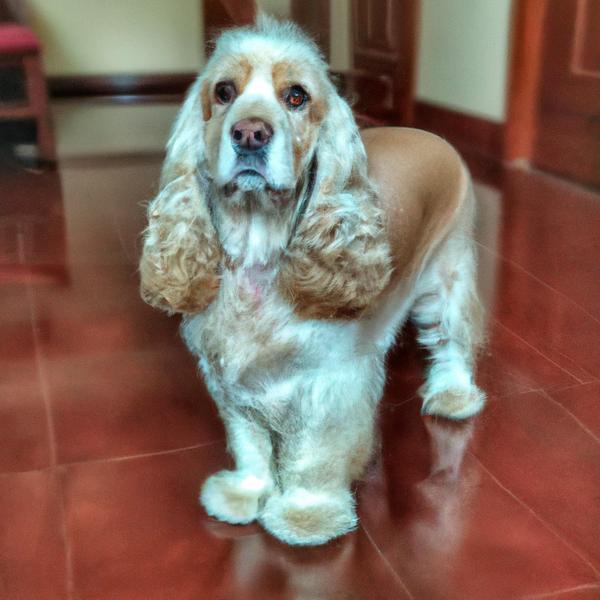Silky Cocker vs. Kangal: Breed Differences and Similarities
Hypoallergenic
Are Silky Cockers or Kangals hypoallergenic, or neither?
Unfortunately, neither Silky Cocker nor Kangal are hypoallergenic, which may not make them the best choice for dog lovers who suffer from pet allergies.
Temperament
What are the personalities of Silky Cocker and Kangal dogs?
Active
Playful
Intelligent
Friendly
Responsive
Docile
Affectionate
Gentle
Tempered
Sweet
Trainable
Quiet
Faithful
Easygoing
Alert
Independent
Selfish
Controlled
Calm
Protective
Sensitive
Shedding Level
Do Silky Cockers shed more than Kangals, or which breed sheds more, Silky Cockers or Kangals?
Silky Cockers are low shedding dogs, requiring minimal coat care.
Kangals shed a lot of hair each year, so frequent brushing is essential for reducing shedding and maintaining coat health.
Watchdog Ability
Which dog breed makes a better watchdog, the Silky Cocker or Kangal?
Silky Cockers aren't great guard dogs; they tend to just watch without taking action.
Choose a Kangal if you want a top-notch watchdog. This breed takes guarding seriously, and may not require much training, though obedience or guard dog training can improve their skills.
Ancestry
What are the origins of Silky Cocker and Kangal breeds?
Maltese and American Cocker Spaniel
Mastiff-type
Breed recognition
Which kennel clubs recognize/register Silky Cocker and Kangal?
ACHC = American Canine Hybrid Club
DBR = Designer Breed Registry
DDKC = Designer Dogs Kennel Club
DRA = Dog Registry of America, Inc.
IDCR = International Designer Canine Registry®
American Canine Registry
America's Pet Registry
Continental Kennel Club
Dog Registry of America Inc.
National Kennel Club
United Kennel Club
American Canine Association, Inc.
Date of Birth
When were Silky Cocker and Kangal breeds first developed?
Unknown
Ancient Times
Eye Color Possibilites
What are the eye colors of Silky Cocker and Kangal dogs?
Brown
Brown
Amber
Nose Color Possibilites
What are the natural nose colors of Silky Cocker and Kangal?
Black
Brown
Black
Coat Color Possibilites
What are the natural colors of the coat for Silky Cocker and Kangal breeds?
Black
Red
Cream
Brown
Gray
Fawn
Sable
Coat Length
What is the typical coat length for Silky Cocker and Kangal breeds?
Silky Cockers have longer coats compared to most dogs.
Kangals have medium-length coats.
Coat Density
What is the density of the coat of Silky Cocker and Kangal?
Coat Texture
What is the hair texture of Silky Cocker and Kangal?
Wavy
Straight
Litter Size
What is the usual litter size for Silky Cocker and Kangal?
A Silky Cocker can have a litter of 6-8 puppies on average. However, it's worth noting that the size of the litters can vary greatly. Factors that can influence litter size include the health of the mother, breeding history, and genetics.
A Kangal can have a litter of 12-15 puppies on average. However, it's worth noting that the size of the litters can vary greatly. Factors that can influence litter size include the health of the mother, breeding history, and genetics.
Adaptability
Silky Cockers are highly adaptable and versatile, making them excellent companions for families and individuals of all lifestyles.
Kangals have average adaptability to changes in lifestyle and living environments compared to other breeds.
Health Issues
Between Silky Cocker and Kangal, which breed is more prone to health problems?
Silky Cocker and Kangal breeds are generally considered to be healthy. However, like all breeds, they are susceptible to certain health issues and it is important to keep an eye out for them and address them with your veterinarian as needed.
Major Concerns
What are the major health concerns for Silky Cocker and Kangal breeds?
Cataracts
Retinal Dysplasia
Seborrhea
Skin Problems
Patent Ductus Arteriosus
Obesity
Usually A Very Healthy Breed
Minor Concerns
What minor health issues should be kept in mind when owning Silky Cocker and Kangal?
Entropion
Ectropion
Corneal Erosion
Phosphofructokinase Deficiency
Mono/Bilateral Cryptorchidism
Hydrocephalus
Skin Fold Dermatitis
Dental Disease
Portosystemic Shunt
Shaker Dog Syndrome
Entropion
Hip Dysplasia
Occasional Tests
What occasional tests are recommended for Silky Cocker and Kangal breeds?
X-Rays
Dental Examination
Physical Examination
Eye examination
Blood Tests
OFA
CERF
Yearly Physical Examination
Energy
How do the energy levels of Silky Cockers and Kangals compare?
For those who lead a balanced lifestyle, Silky Cocker and Kangal breeds may be a good choice as they have an average energy level.
Social Needs
Silky Cocker vs Kangal social needs comparison
Silky Cocker has very high social needs and requires regular mental and physical stimulation, a job or purpose, and companionship.
Kangal is an antisocial breed that prefers solitude and may not be suitable for social households.
Exercise Needed
Silky Cocker vs Kangal exercise need comparison.
The Silky Cocker and Kangal breeds require a moderate amount of physical activity to maintain a healthy lifestyle. They are ideal for people who have a moderate amount of time to devote to their pets and enjoy regular physical activity themselves. They also make great family pets as they have the energy to keep up with children and the temperament to be great companions.
Sleeping Need
Which of the two sleeps the most/least: Silky Cocker or Kangal?
Silky Cockers sleep less than other breeds but still need adequate sleep for good health.
Kangals have moderate energy levels and typical sleep patterns of 12-14 hours per day.
Tendency to Bark
Do Silky Cockers or Kangals bark more/less frequently?
Silky Cockers bark moderately when necessary and may also bark due to certain triggers like fear, alarm, boredom, greeting, separation anxiety and compulsive barking.
Kangal dogs are generally less vocal than other breeds and only bark when necessary, such as to alert their owner or communicate.
Mouthiness
Mouthiness Comparison: Silky Cocker vs Kangal?
Roaming urge
Silky Cocker vs Labrador: Running away tendency?
Prey Drive
Silky Cocker or Kangal - which breed has a higher level of prey drive?
Past times
What are some enjoyable activities and ways to keep Silky Cocker and Kangal entertained?
Walk, Playing
Walk
Activity Level
Which breed has higher energy, Silky Cockers or Kangals?
Both Silky Cocker and Kangal are medium-energy dogs that enjoy socializing and playing with other dogs. They may engage in casual or sustained games of chase, and occasionally have bursts of barking or racing around the house.
Tolerance of being left alone
Walks per Week
How many miles should Silky Cocker or Kangal walk each week?
There's really no limit to how far you walk your dog as long as they're comfortable. For Silky Cocker, it's at least 7 miles / week. Just remember to build distance and stamina gradually over time.
There's really no limit to how far you walk your dog as long as they're comfortable. For Kangal, it's at least 10 miles / week. Just remember to build distance and stamina gradually over time.
Activity per Day
Do Silky Cockers or Kangals require more exercise?
In general most Silky Cockers usually need at least 60 minutes of exercise daily. This can be spread across the day and include all sorts of high-energy activities, like walking, running and playing.
In general most Kangals usually need at least 45 minutes of exercise daily. This can be spread across the day and include all sorts of high-energy activities, like walking, running and playing.
Grooming
Which breed is easier to maintain in terms of grooming, Silky Cockers or Kangals?
Silky Cocker and Kangal are breeds of dogs that require an average amount of grooming effort.
Brushing Frequency
What is the recommended brushing frequency for Silky Cocker and Kangal dogs?
Ideally, Silky Cocker should be brushed at least 2 or 3 times a week (preferably daily) improve shedding.
Kangal should be brushed at least once a week. Of course you can give them more frequent brushes if you find that they are still shedding a lot
Brushing Tools
What brushing tools are used for Silky Cockers and Kangals?
Slicker Brush
Comb
Deshedder
Nail Clipper
Slicker Brush
Comb
Deshedder
Nail Clipper
Cups
How much food should be given to Silky Cocker or Kangal in cups?
For an average 14-18 pound (6 - 8 kg) Silky Cocker feed 1 cups daily. But, keep in mind, the amount you feed is going to be dependent on the quality of the food you are feeding.
For an average 110-150 pound (50 - 68 kg) Kangal feed 4 cups daily. But, keep in mind, the amount you feed is going to be dependent on the quality of the food you are feeding.
Daily Cost
Which breed has a higher daily cost, Silky Cocker or Kangal?
The average cost of a Silky Cocker is somewhere $1.10 - $1.40 per day.
The average cost of a Kangal is somewhere $3.90 - $4.20 per day.
Monthly Cost
Which breed has a higher monthly cost, Silky Cocker or Kangal?
The average per month expenses of a Silky Cocker is between $35 - $42. This makes an average of $420 - $504 per year. It will be on the higher side when the dog is still small because it will need more frequent visits to the vet, shots.
The average per month expenses of a Kangal is between $112 - $126. This makes an average of $1344 - $1512 per year. It will be on the higher side when the dog is still small because it will need more frequent visits to the vet, shots.
Intelligence
Comparing Intelligence: Silky Cockers vs Kangals
Silky Cocker and Kangal have average obedience intelligence, but they're also independent thinkers. This breed is known for having an exceptionally high IQ, which means they may get into trouble if left to their own devices.
Sensitivity Level
How do Silky Cocker and Kangal compare in sensitivity?
This breed is sensitive to its environment and best suited for patient and understanding families with a consistent routine.
This breed is sensitive and requires gentle handling and a calm home environment.
Affection Dependance
Which is the more affectionate dog breed: Silky Cocker vs Kangal?
Apartment Friendly
Which breed is more apartment-friendly: Silky Cocker or Kangal?
Silky Cockers make excellent apartment dogs, being fairly active indoors and not requiring a yard.
The Kangal is not suitable for apartments and requires a large yard to thrive. Pent-up energy in small spaces can lead to destructive behavior.
Child Friendly
Do Silky Cockers or Kangals have a friendlier temperament towards children?
Silky Cockers make excellent family pets for kids due to their gentle, protective nature and calm temperament.
Kangals are good with kids if socialized and trained from a young age.
Senior-friendly
Which dog is more suitable as a pet for the elderly - Silky Cocker or Kangal?
Cat Friendly
Do Silky Cocker or Kangal breeds have a better compatibility with cats?
Silky Cockers are very friendly with cats and make great companions for them.
Kangals are average in their friendliness toward cats and tend to do well with them, especially if raised together.
Dog Friendly
Which breed is more sociable with other dogs: Silky Cocker or Kangal?
Silky Cockers are generally very friendly towards other dogs, with a happy and affectionate temperament.
Kangals are less friendly towards other dogs, but can improve with socialization.
Pet friendly
How do Silky Cocker or Kangal dogs interact with other pets?
Stranger Friendly
Which breed is more friendly with strangers: Silky Cocker or Kangal?
Silky Cockers are friendly but may bark at strangers, and training is easy due to their intelligence.
Kangals are averagely friendly around strangers but benefit from early socialisation.
Playfulness
Which breed is more playful between Silky Cocker and Kangal?
Silky Cockers are a playful breed that needs daily playtime to be happy.
Kangals have an average level of playfulness, enjoying playtime like most dogs but not excessively so.
Trainability
How do the trainability levels of Silky Cockers and Kangals compare?
Silky Cockers are popular for their ease of training and quick learning ability.
Kangals are usually easy to train but require consistency to fully obey commands.
Compare Silky Cocker with other breeds
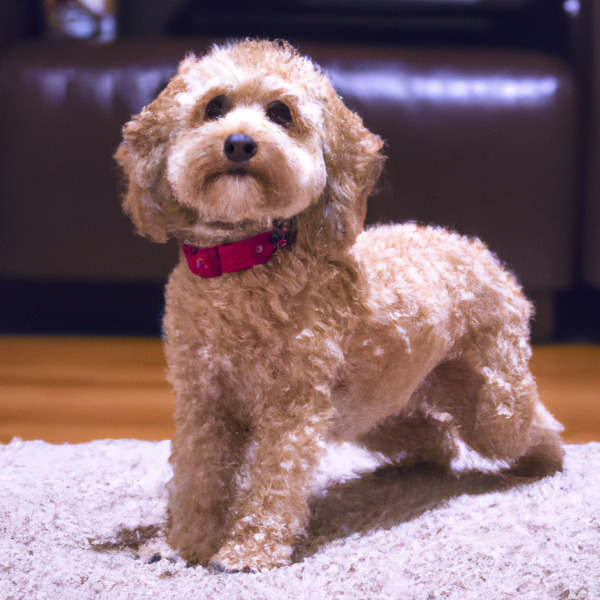
Doxiepoo
Silky Cocker vs Doxiepoo
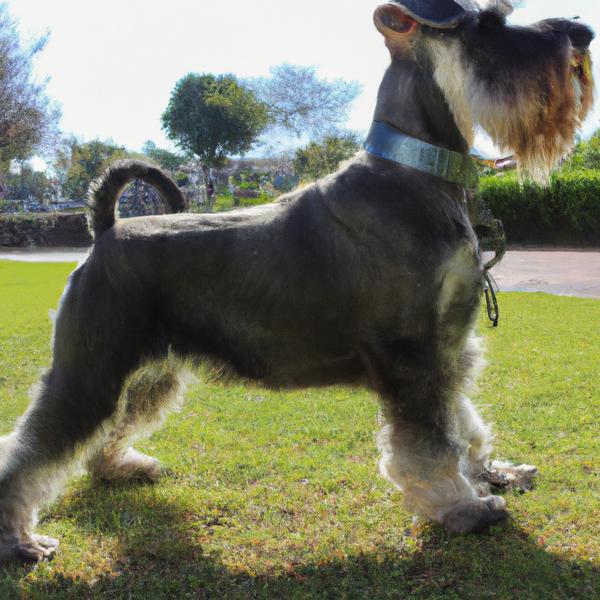
Mini Wire Hair Snauzer
Silky Cocker vs Mini Wire Hair Snauzer
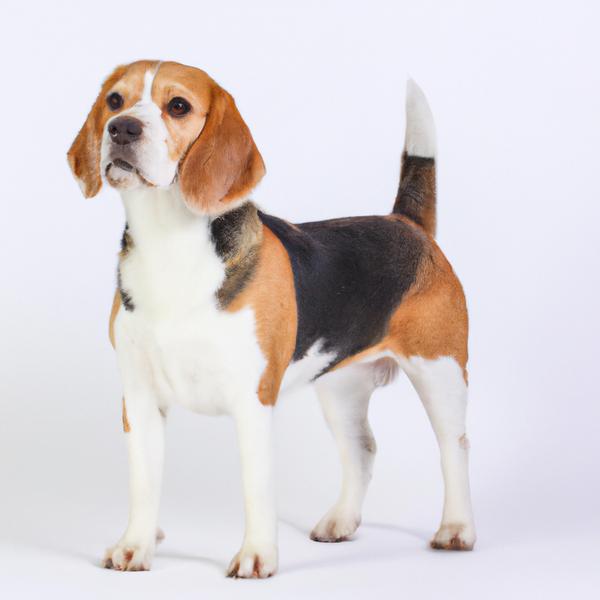
Shi-Beagle
Silky Cocker vs Shi-Beagle
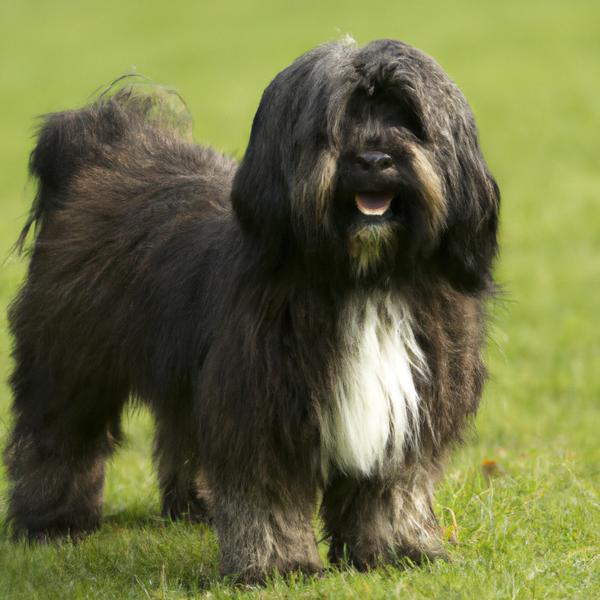
Lowchen
Silky Cocker vs Lowchen
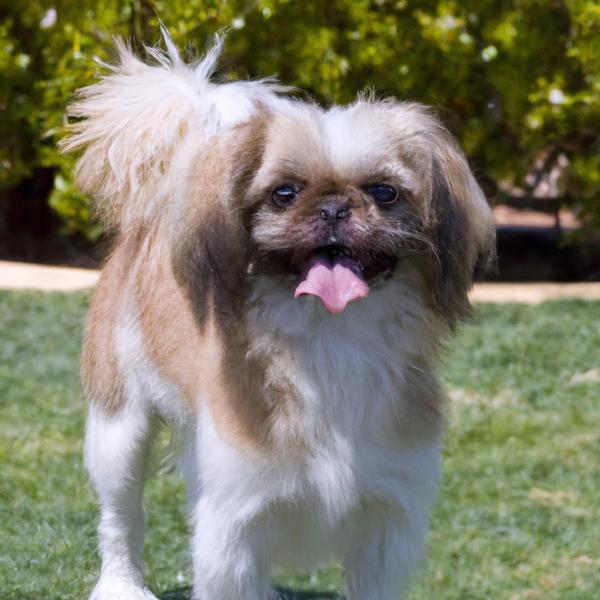
Peke-A-Chon
Silky Cocker vs Peke-A-Chon
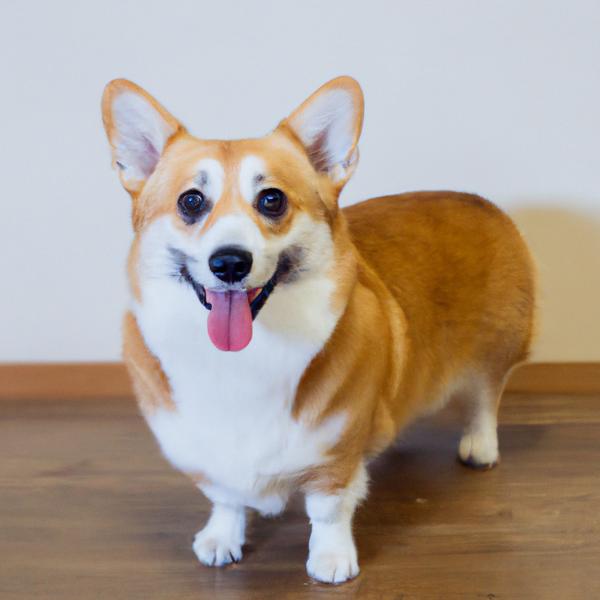
Pembroke Welsh Corgi
Silky Cocker vs Pembroke Welsh Corgi
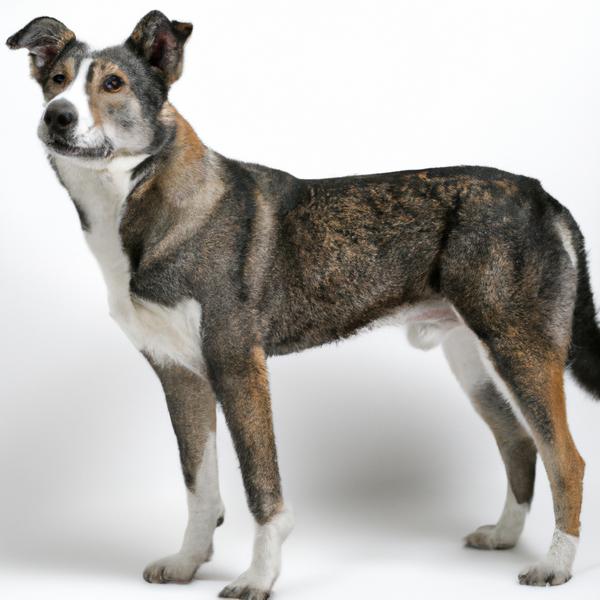
Soft Coated Woxer
Silky Cocker vs Soft Coated Woxer
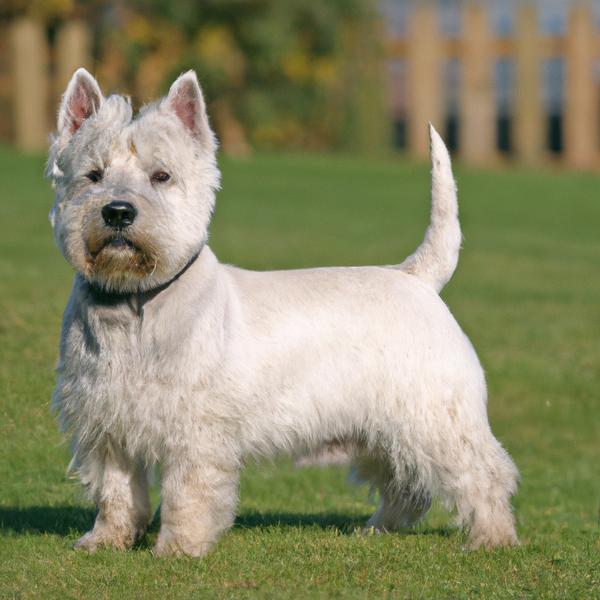
Jack Highland Terrier
Silky Cocker vs Jack Highland Terrier
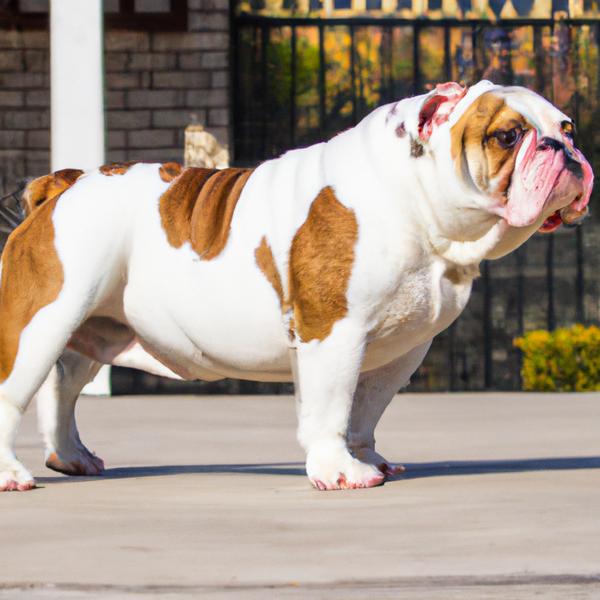
English Neo Bull
Silky Cocker vs English Neo Bull
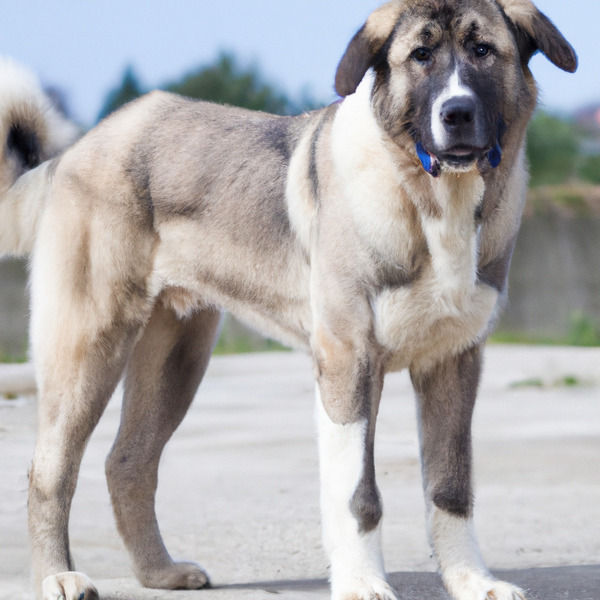
Kangal
Silky Cocker vs Kangal
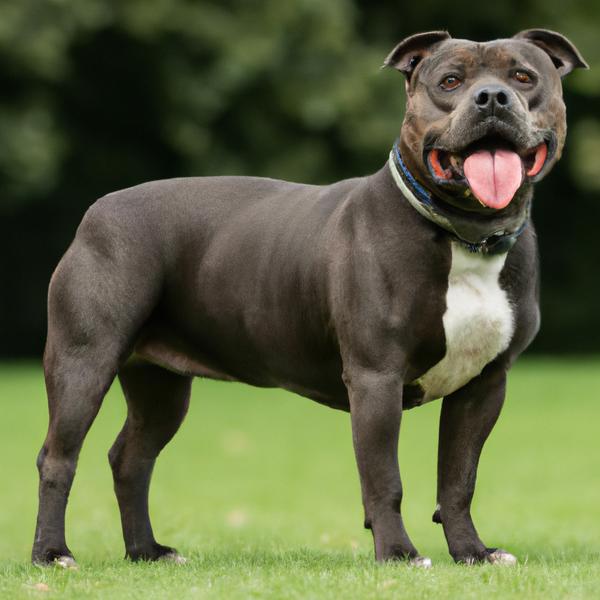
American Bully Staffy Bull Terrier
Silky Cocker vs American Bully Staffy Bull Terrier
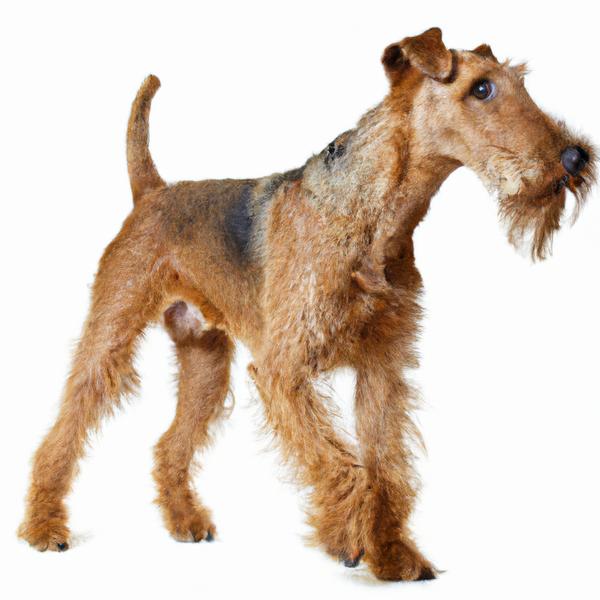
Irish Terrier
Silky Cocker vs Irish Terrier
